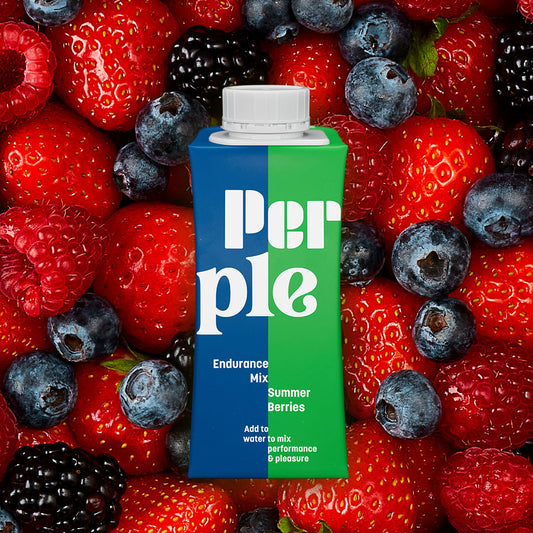Our guide to
Beginner cyclist nutrition
Our guide has been created with Anita Bean, sports nutrition expert
Cycling nutrition: the basics
Understanding your nutrition needs
Building a balanced plate
Made for the cyclists
What to eat before you ride
What to eat during the ride
Post-ride nutrition: optimal recovery
Fuelling your body with the right foods can make a big difference to your energy levels and endurance.
What are you putting in your body?
Why you should switch to Perple’s Endurance Mix
Developed at

Certified by

Cycling nutrition guides
- Choosing a selection results in a full page refresh.
- Opens in a new window.














